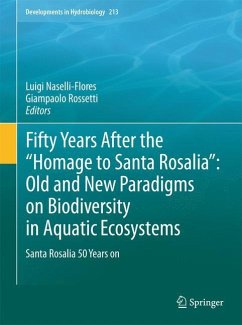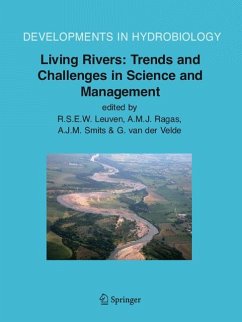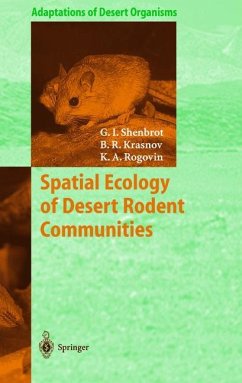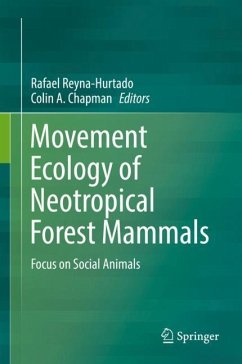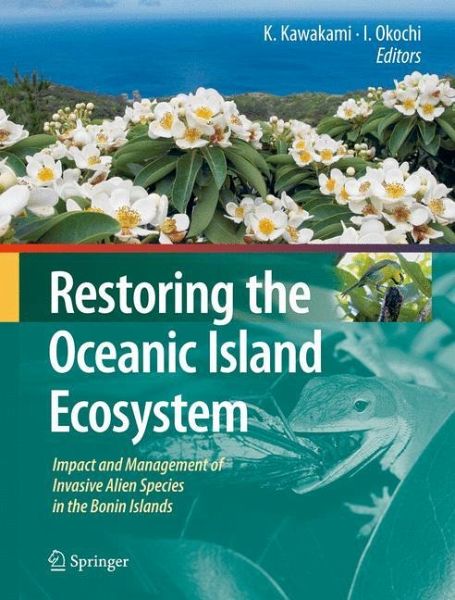
Restoring the Oceanic Island Ecosystem
Impact and Management of Invasive Alien Species in the Bonin Islands
Herausgegeben: Okochi, Isamu; Kawakami, Kazuto

PAYBACK Punkte
57 °P sammeln!
Loss of biodiversity on tropical and subtropical oceanic islands is one of the most pressing conservation issues. These oceanic islands are well known for their unique fauna and ? ora, which evolved over long periods in isolation from external perturbation. However, the maj- ity of these islands in the Paci? c were eventually settled by Polynesians and then by Europeans; by about 200 years ago, only a few island groups remained untouched. The Bonin Islands are one of these groups. The Bonin Island group is one of the most remote in the world. The islands are located 1,000 km south of Japan off...
Loss of biodiversity on tropical and subtropical oceanic islands is one of the most pressing conservation issues. These oceanic islands are well known for their unique fauna and ? ora, which evolved over long periods in isolation from external perturbation. However, the maj- ity of these islands in the Paci? c were eventually settled by Polynesians and then by Europeans; by about 200 years ago, only a few island groups remained untouched. The Bonin Islands are one of these groups. The Bonin Island group is one of the most remote in the world. The islands are located 1,000 km south of Japan off the eastern fringe of Eurasia. They were ? rst discovered by the Japanese in 1670, settled by Westerners from Hawaii in 1830, and ? nally recognized as a Japanese territory in 1862 on condition that previous settlers would be protected and allowed to remain with full rights. Because of this complicated history, the Bonins have two names.



